- Have any questions?
- +86-189 8930 5995
- sales@mosinterchem.com.cn
Lapatinib ditosylate CAS 388082-78-8

Bosutinib CAS 380843-75-4
14/12/2018
Afatinib (Bibw 2992) CAS 439081-18-2
14/12/2018| Model: | MOS 388082-78-8 |
| Brand: | MOSINTER |
| Molecular Formula: | C29H26ClFN4O4S2C7H8O3S |
| Molecular Weight: | 925.46 |
| Specification: | CP/USP/EP |
| Flashing point: | 407.8°C |
| Content: | >99% |
| Boiling point: | 750.7°C at 760 mmHg |
| Vapour pressure: | 2.03E-22mmHg at 25°C |
Lapatinib ditosylate (CAS: 388082-78-8)
| Item | Index |
| Molecular Formula | C29H26ClFN4O4S2C7H8O3S |
| Molecular Weight | 925.46 |
| Specification | CP/USP/EP |
| Content | >99% |
Lapatinib (INN), used in the form of lapatinib ditosylate, (USAN) (Tykerb/Tyverb, GSK)
is an orally active drugfor breast cancer and other solid tumours. It is a dual tyrosine kinase
inhibitor which interrupts the HER2/neu andepidermal growth factor receptor (EGFR)
pathways. It is used in combination therapy for HER2-positive breast cancer. It is used for
the treatment of patients with advanced or metastatic breast cancer whose tumors overexpress
HER2 (ErbB2).
Pharmaceutical company GlaxoSmithKline (GSK) markets the drug under the propriety names
Tykerb (mostly US) and Tyverb (mostly Europe). The drug currently has approval for sale and
clinical use in the US, Australia, Bahrain, Kuwait, Venezuela, Brazil, New Zealand, South Korea,
Switzerland, Japan, the European Union, Lebanon, India and Pakistan.
On the 2nd of August 2013, India’s Intellectual Property Appellate Board revoked the patent for
Glaxo’s Tykerb citing its derivative status, while upholding at the same time the original patent
granted for Lapatinib.
The drug lapatinib ditosylate is classified as S/NM (a synthetic compound showing competitive
inhibition of the natural product) that is naturally derived or inspired substrate (Gordon M. Cragg,
Paul G. Grothaus, and David J. Newman, Impact of Natural Products on Developing New Anti-Cancer Agents.
Mode of action
Biochemistry
Lapatinib inhibits the tyrosine kinase activity associated with two oncogenes, EGFR (epidermal
growth factor receptor) and HER2/neu (Human EGFR type 2). Over expression of HER2/neu can
be responsible for certain types of high-risk breast cancers in women. Like Sorafenib, lapatinib is
a protein kinase inhibitor shown to decrease tumor-causing breast cancer stem cells. Lapatinib inhibits
receptor signal processes by binding to the ATP-binding pocket of the EGFR/HER2 protein kinase
domain, preventing self-phosphorylation and subsequent activation of the signal mechanism
(seeReceptor tyrosine kinase#Signal transduction).
You must be logged in to post a review.

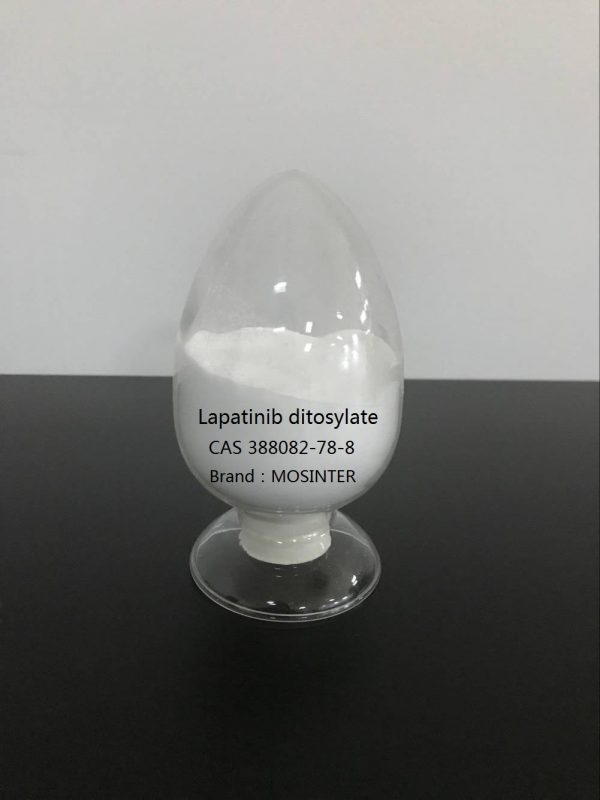
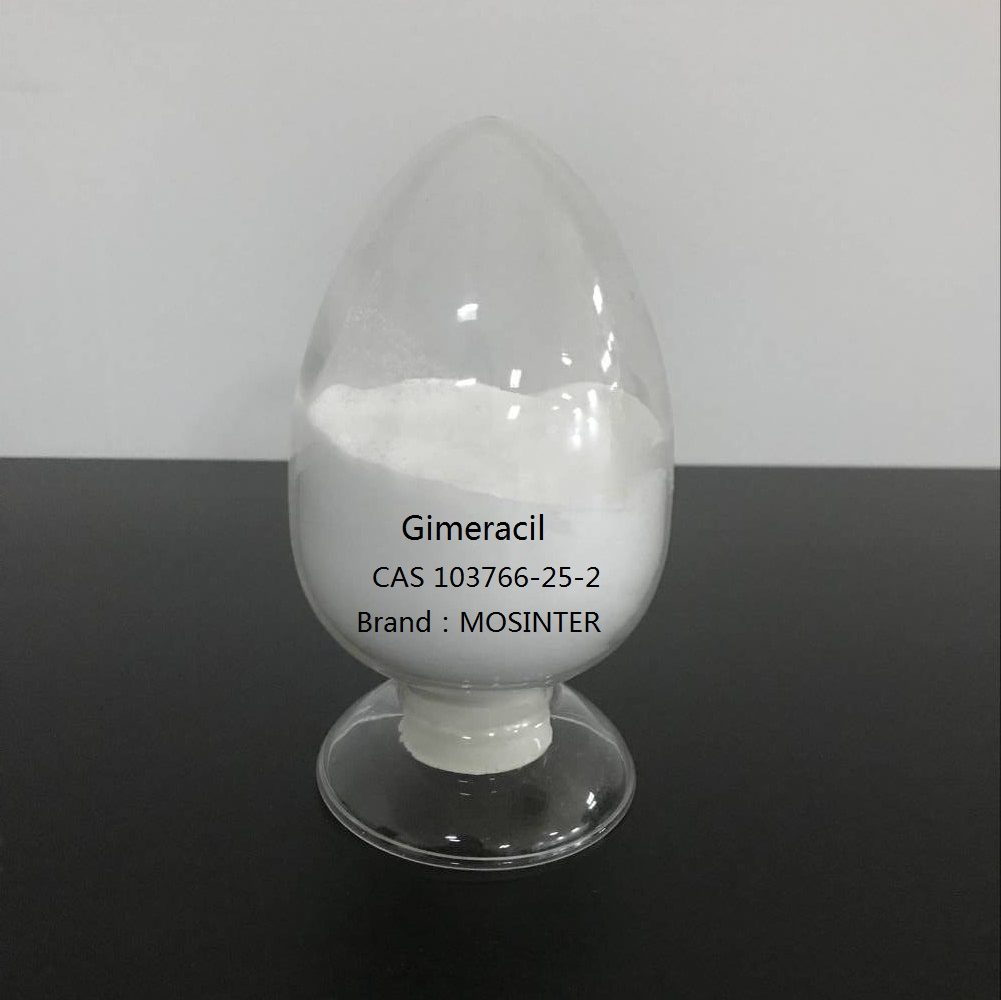
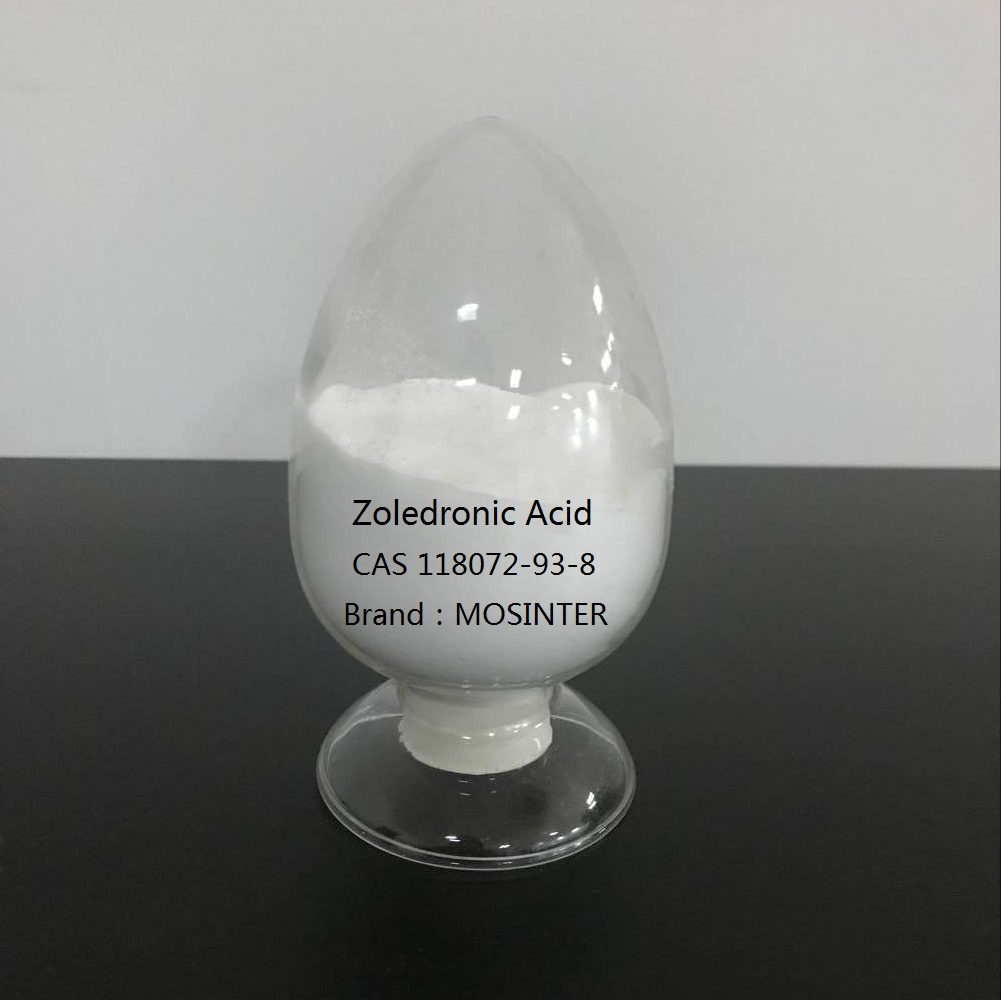
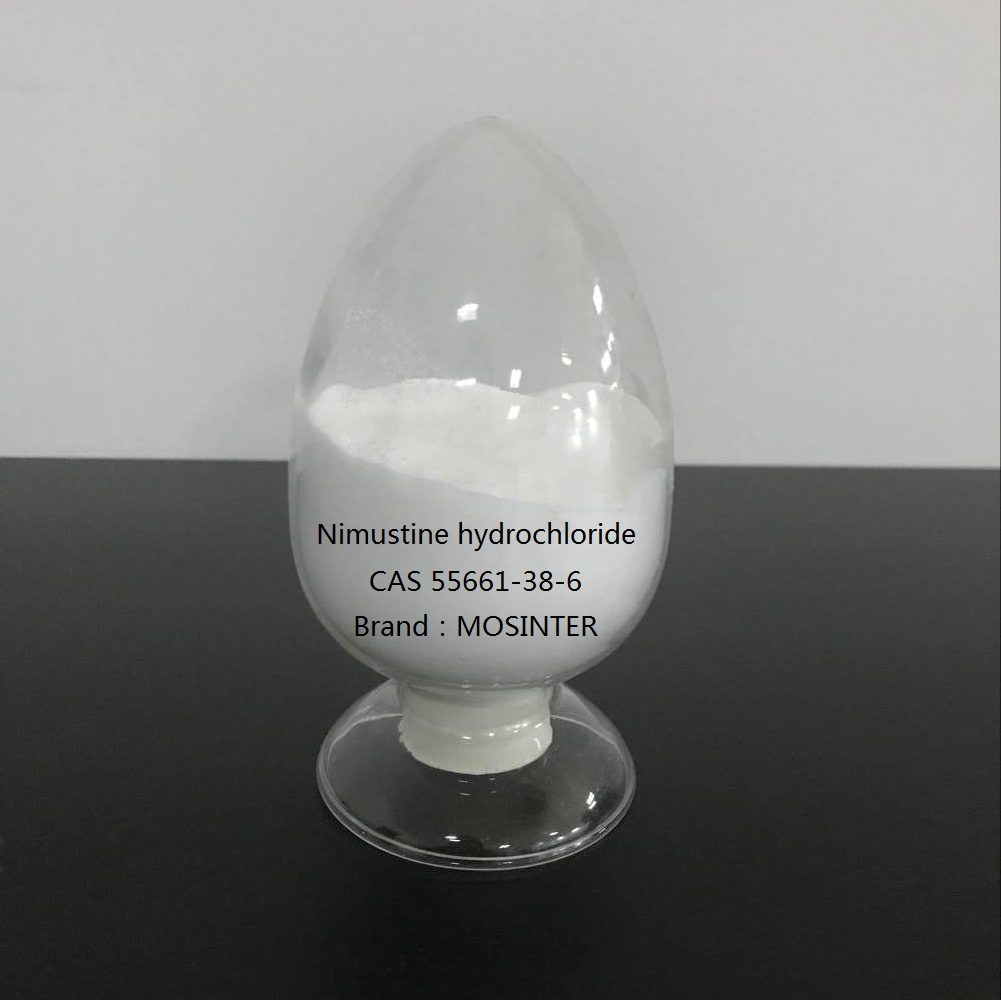
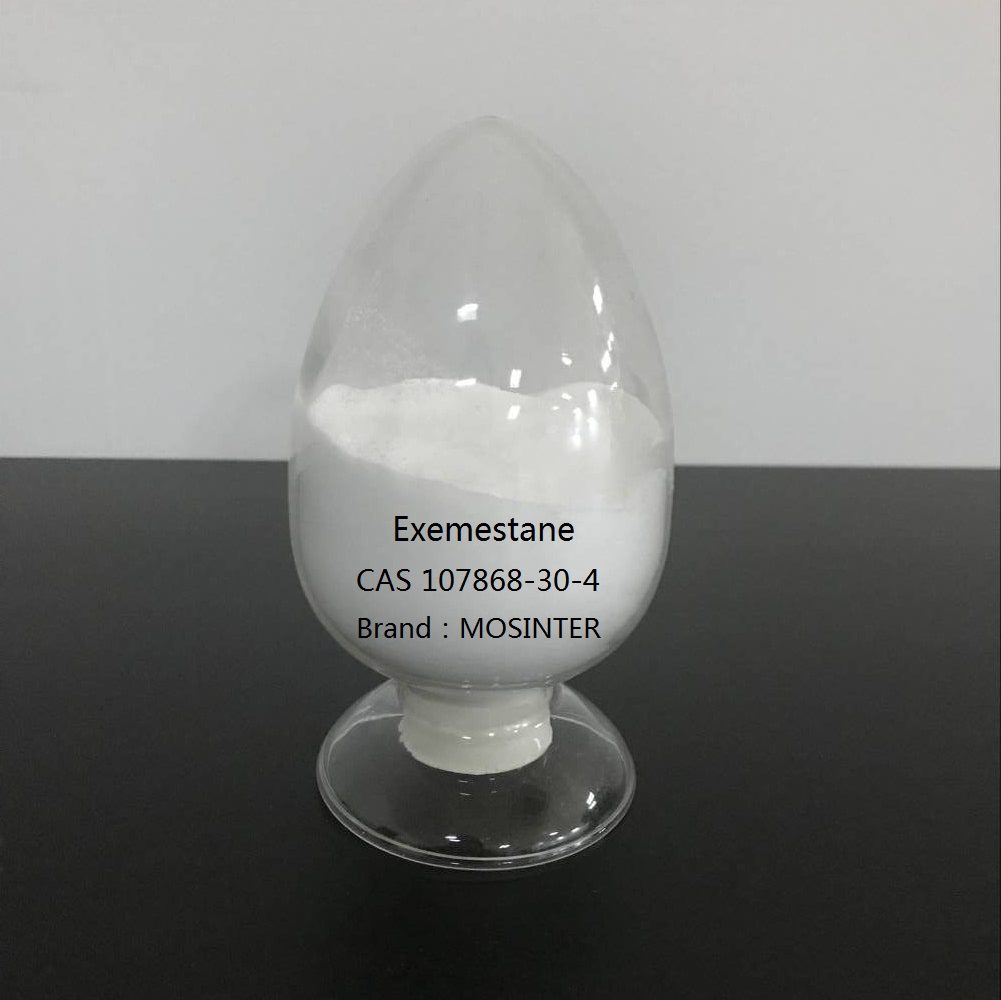
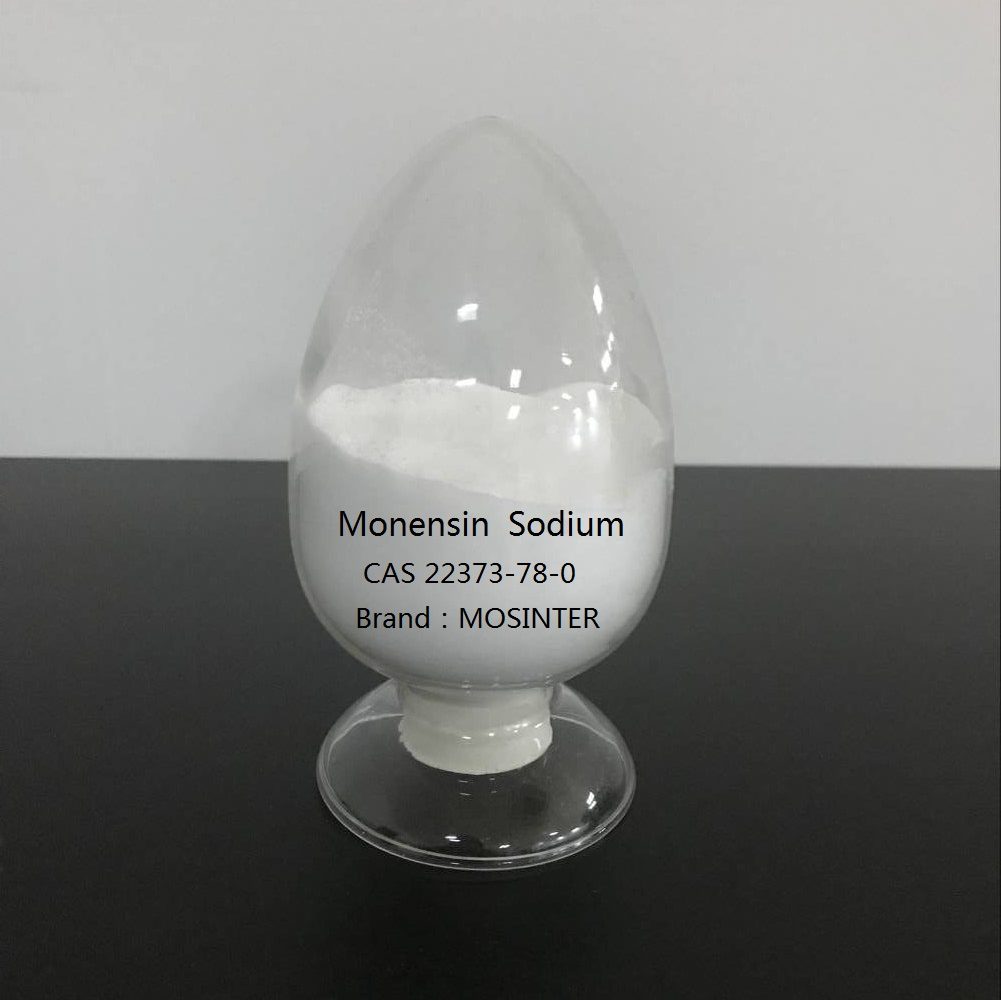
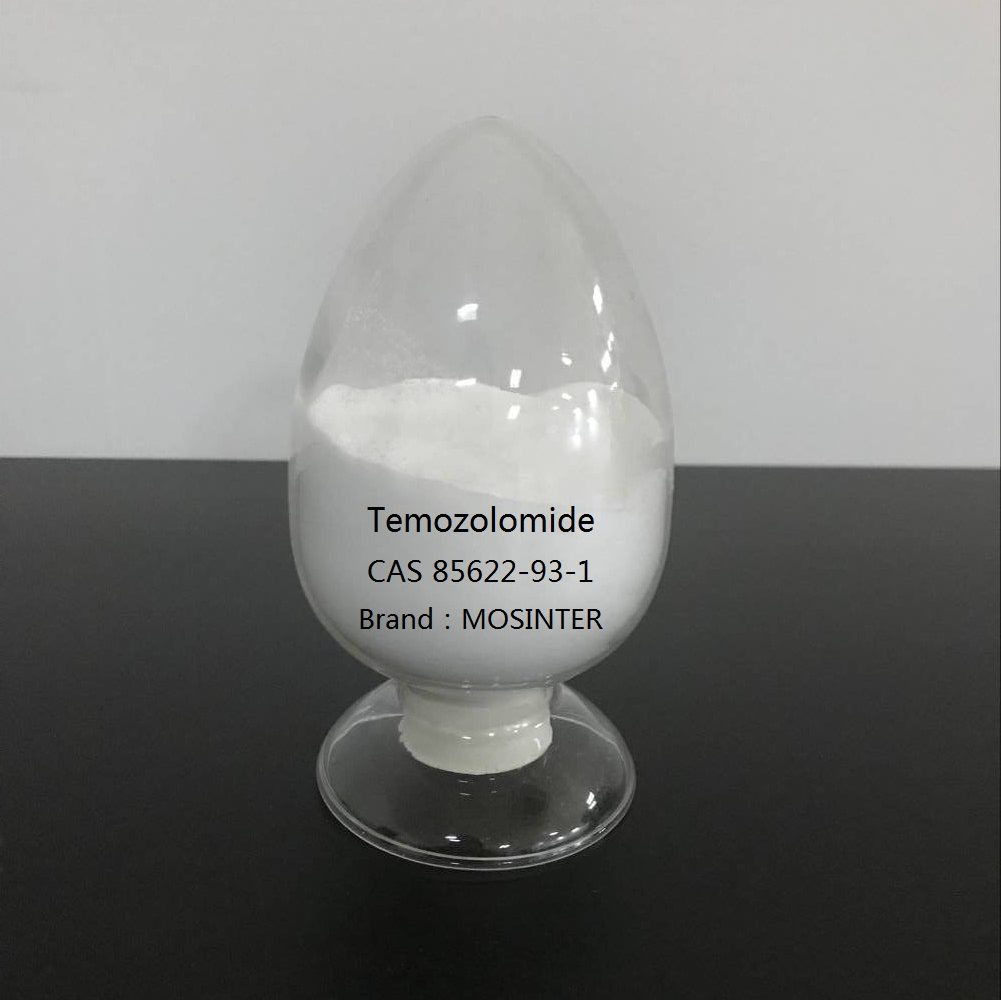
Reviews
There are no reviews yet.